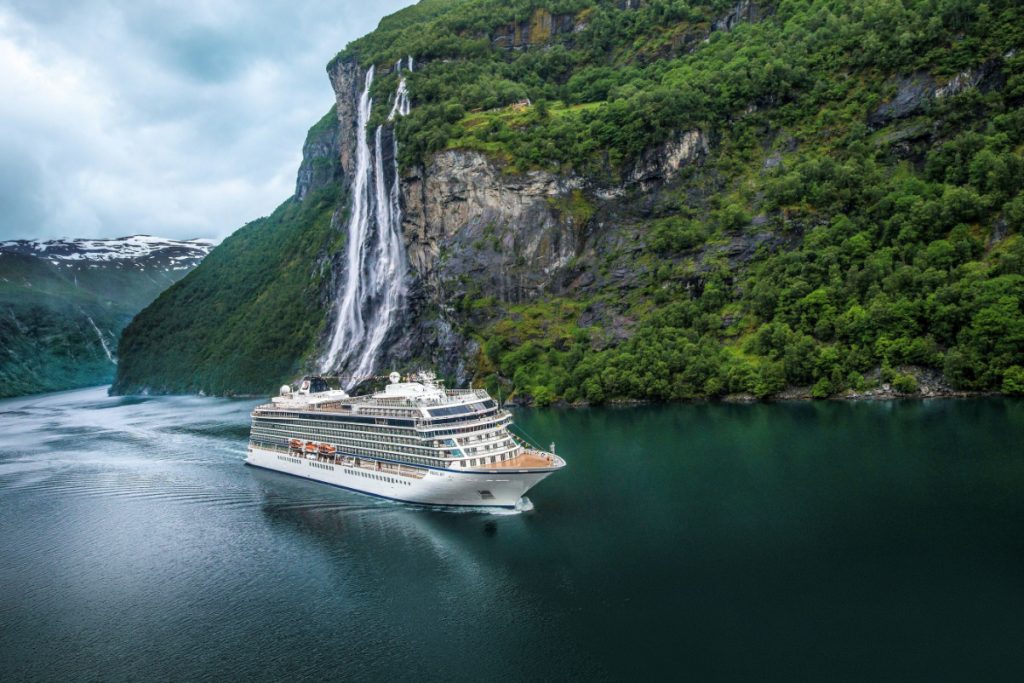Viking, the sole luxury cruise line, has recently gone public and provided its first quarterly earnings report. The company targets English-speaking individuals over the age of 55, a demographic with significant wealth and a desire for travel. Their core customers are affluent and prefer all-inclusive products to know their budgets upfront. Despite this, about 40% of passengers still book additional packages and excursions. Viking has experienced strong booking numbers for both the current season and upcoming seasons, with $2.5 billion in advance bookings for 2025. The company is also expanding its capacity by adding new cruise ships and increasing its ocean and river cruise capacities for the next season.
Viking executives have not provided specific forecasts for yields due to fluctuations in booking mixes and a lack of onboard revenue. Some analysts have expressed disappointment in the lack of detailed guidance, particularly in terms of price hike percentages from season to season. The company aims to keep price increases in the mid-to-high single digits. Despite this, Viking has managed to reduce its cash burn, with an adjusted EBITDA of negative $214 million for the year through March 31, marking a decrease in losses compared to the previous period. The company raised $246 million in net proceeds from its IPO. Additionally, Viking’s net leverage has decreased from 3.8x to 3.4x trailing yearly adjusted EBITDA as of March 31, indicating a reduction in debt and a strong balance sheet.
Viking reports positive sales numbers with 91% of possible passenger cruise days sold for the current season and 39% sold for the 2025 season. With $2.5 billion in advance bookings, the company is optimistic about the upcoming seasons. As Viking adds new ships, its capacity to serve more passengers increases, with a 17% growth in ocean cruise capacity and a 12% growth in river cruise capacity for the next season. The company has exercised options with shipbuilder Fincantieri and expects the delivery of two new 998-guest cruise ships in 2029. Despite the lack of detailed forecasts, Viking remains confident in its booking pace and plans for the future.
Viking’s target demographic of affluent English-speaking travelers over the age of 55 has proven to be a successful market for the company. These individuals have significant wealth and a growing interest in travel, making them a key focus for Viking’s business strategy. The company offers all-inclusive products to cater to this demographic’s desire for upfront budget certainty, while also providing optional upsells for additional packages and excursions. Viking’s decision to target this specific market segment has paid off, with strong booking numbers and a positive outlook for future seasons. The company’s financial performance, including reduced losses, increased bookings, and less debt, indicates a successful start to its public trading journey and a promising future in the luxury cruise industry.


